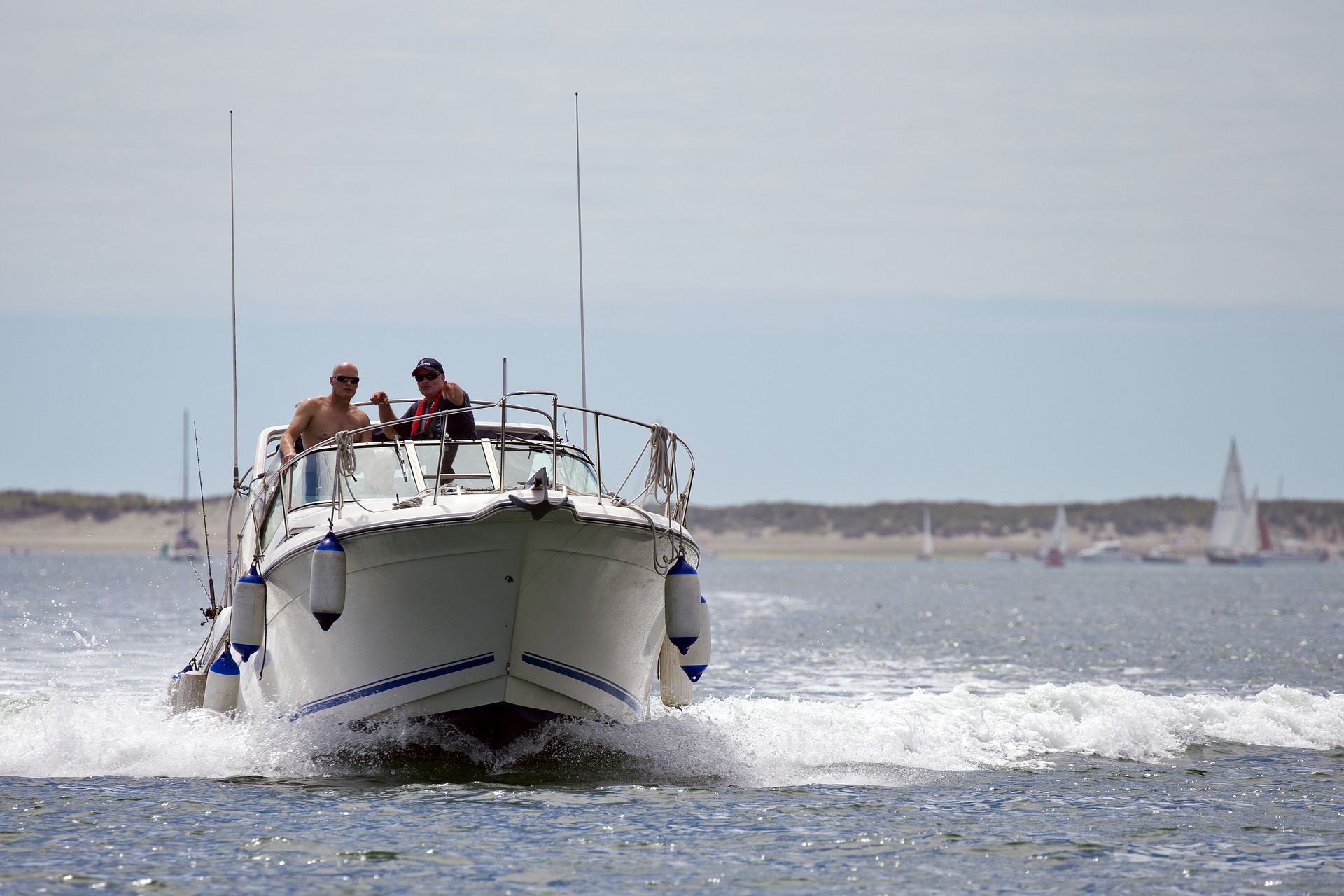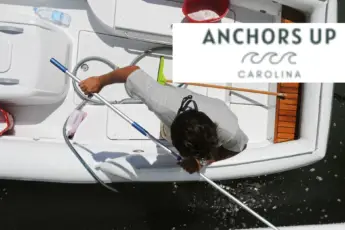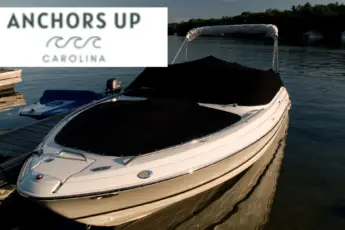Boats come in a multitude of designs which include racing, cruising, fishing, flats, and more. One of the most notorious portions of a watercraft is the pulpit. Not every vessel includes a pulpit, but those that do are easily identifiable. Pulpits serve many purposes, but the anchor extends from protruding area forward of the bow in most situations. Here is what to know about a boat pulpit.
Where Is A Pulpit On A Boat
The U-shaped section forward of the bow is a pulpit. A pulpit is a narrow extension protruding from the bow that hangs over the water’s surface.
Pulpits extend directly in the center of the port and starboard side of the vessel. Pulpits are not standard on all vessels.
What Are Pulpits Made From
A boat designed with a pulpit is made of varying materials, including wood, fiberglass, stainless steel, or other materials.
The forward protrusion is designed with exceptional strength as it must support the weight of human traffic in addition to the strain of the anchor pulling in a downward motion. Remember, the extension does not contain supports beneath. Instead, the connection point, which is the hull bears the force.
We have set foot on an unprecedented number of pulpits and can attest to the fact that they are indeed sturdy. The materials utilized in the design are not at risk of breaking away despite the lack of support from beneath.
Why Do Anchors Deploy From The Pulpit
Call it what you wish, but a boat pulpit and an anchor pulpit is interchangeable terminology. Whatever you choose, more times than not, an anchor extends from the peak of the pulpit.
Pulpits are fitted with a roller at the most forward point or just behind when an opening protrudes through the center. Anchor chain slides along a track most often made of metal to prevent scratching or deterioration of softer materials, including fiberglass.
Consider the benefit of a pulpit when deploying or retrieving an anchor. The protrusion reduces the risk of the anchor banging against the hull causing damage. In the roughest conditions, the anchor swings well clear from the bow.
Aft of the pulpit lies the windless. The windless is an electric motor that automatically deploys or retrieves anchor line or chain with the push of a button.
A bin sits beneath the deck housing the chain or line. Anchor rode travels through the windless, along the pulpit, over the roller, and into the water.
Upon retrieval, the order is reversed.
When the anchor is resting in the pulpit while traveling or at the dock, it is essential to lock the chain or line in place. A lanyard is connected to a bow cleat. The lanyard is fitted with a clip and connects to a chain link. In the event of windless failure, the anchor and chain will not fall freely from the bow. Another option is installing a chain stopper. A chain stopper prevents chain from deploying when the locking pin is securely in place. We recommend the Mxeol Chain Stopper for 5/16″ and 1/4″ chain.
When the anchor is connected to line, simply wrap the line on the bow cleat, particularly in rough conditions to prevent the anchor from slipping and damaging the vessel.
What Are The Dangers Of A Boat Pulpit
The position of a pulpit puts boaters at risk of falling overboard. Despite railings, the metal bar remains low and provide little to no protection from falling into the water.
Dangers When Anchoring
Avoid walking to the pulpit during rough conditions when deploying or retrieving the anchor. Instead, utilize the control positioned at the helm. Yes, in some situations, you will be required to release the lanyard before deploying but remain low to maintain balance.
The bow’s motion is amplified in rough seas compared to the stern or center portions of the vessel. Boaters are at risk of literally being catapulted over the side and into the water.
Bow Riding Passengers
We have seen many passengers, including young children, seated on the pulpit while the vessel is in motion.
Bow riding is hazardous and illegal in most states. Never sit on the pulpit while the boat is in operation. The railings are minimal and do little to prevent people from falling overboard.
Deaths occur yearly from pulpit falls. Passengers seated on the pulpit slip off and become struck by the vessel. The risk is amplified during periods of high seas. Always keep passengers in the portions of the boat designed for sitting while in motion.
Know You Know The Purpose And Dangers Of A Boat Pulpit
Whether boating in fresh or saltwater through Georgia, South Carolina, or North Carolina, you will see many boats fitted with a pulpit. Pulpits add a unique appearance but serve a purpose in securing the vessel when away from the dock. Remember to remain safe when venturing to the pulpit whether at anchor or while the boat is in motion.






